The Great AI Copyright War: Who Owns the Outputs?
The Rise of Generative AI: How It's Reshaping Creativity and Work
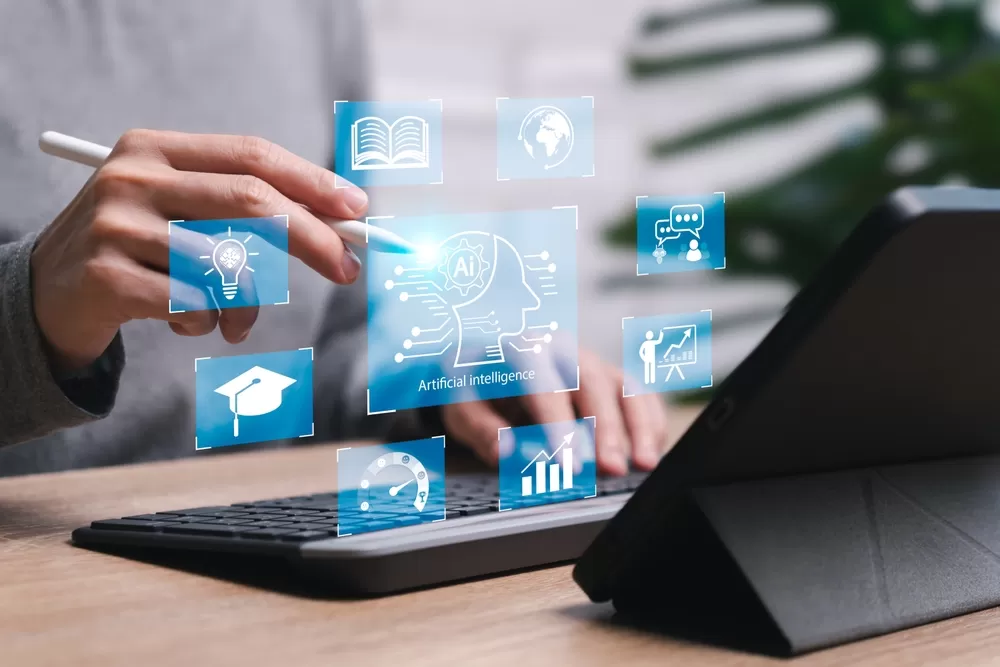
Generative AI has rapidly evolved from experimental technology to a mainstream tool, transforming how we write, design, and innovate. Tools like ChatGPT for text generation and DALL·E for image creation are not just automating tasks—they're redefining human creativity itself. As these systems grow more sophisticated, they raise critical questions about originality, intellectual property, and the evolving nature of work in an AI-augmented world.
What Is Generative AI?
Generative AI refers to algorithms capable of producing original content—text, images, audio, and even video—by analyzing vast datasets. Unlike traditional AI, which focuses on pattern recognition or data sorting, models like OpenAI’s GPT and Google’s Imagen generate new material within defined parameters. These systems learn from existing works to mimic human-like outputs, blurring the line between machine-generated and human-created content.
AI’s Impact on the Workplace
The influence of generative AI is already evident across industries. Writers use AI to draft and refine content, designers leverage it to rapidly prototype visuals, and developers rely on tools like GitHub Copilot for code suggestions. While these applications boost efficiency, they also prompt a reassessment of human roles. The question is no longer whether AI can assist in creative work, but how professionals can best integrate it while maintaining their unique value.
Redefining Creativity in the AI Era
Creativity has long been considered an exclusively human trait, yet AI’s ability to compose music, write poetry, or emulate artistic styles challenges this notion. While AI lacks true emotion or intent, its capacity to remix and reinterpret existing ideas is undeniably powerful. This shift forces us to reconsider what constitutes originality and whether creativity is solely about inspiration or also about execution.
Ethical and Practical Challenges
Despite its potential, generative AI presents significant concerns. Issues like plagiarism, biased training data, and job displacement for creatives are growing debates. Copyright laws struggle to keep pace, leaving ambiguity around ownership of AI-generated works. Additionally, the environmental cost of training large AI models raises sustainability questions, highlighting the need for responsible development.
Striking the Right Balance
The future of generative AI hinges on thoughtful integration. Rather than replacing human creativity, AI should serve as a collaborative tool—enhancing ideas while preserving the irreplaceable elements of human expression. Establishing ethical guidelines, updating legal frameworks, and fostering transparency in AI-generated content will be crucial in ensuring the technology benefits society without undermining artistic integrity.
A Collaborative Creative Future
Generative AI is not here to eliminate human creativity but to expand its possibilities. By embracing these tools while setting clear boundaries, we can harness AI’s potential without losing what makes human expression unique. The path forward lies in balancing innovation with responsibility, ensuring that AI remains a partner rather than a competitor in the creative process.
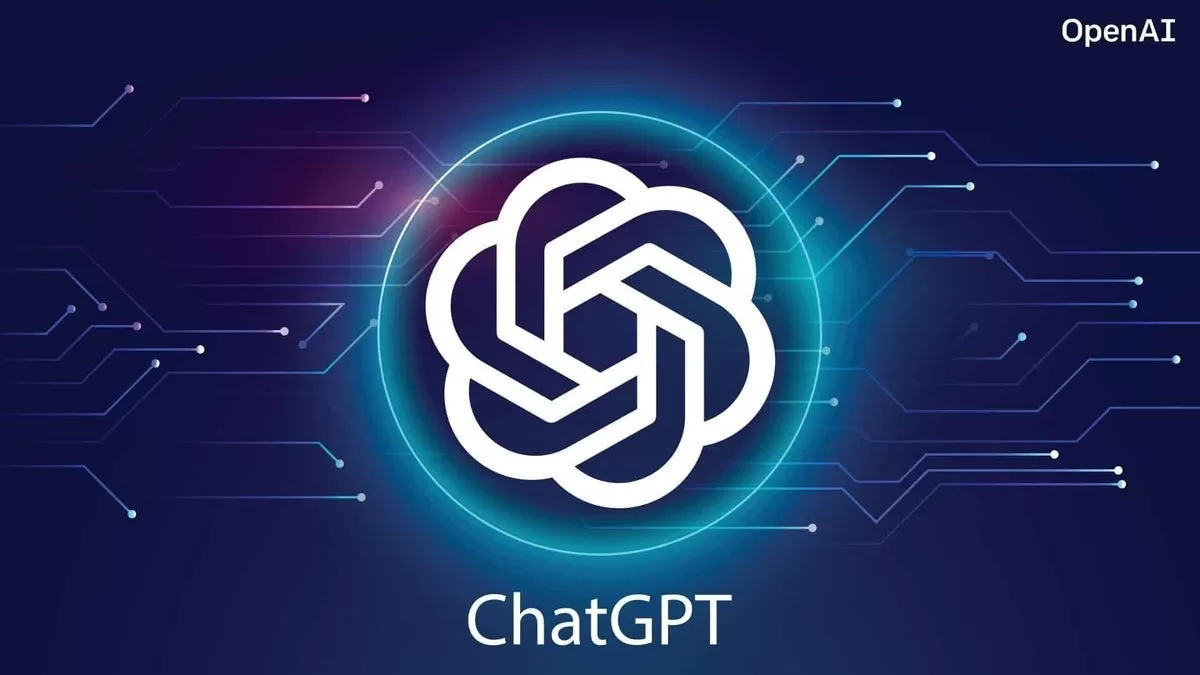
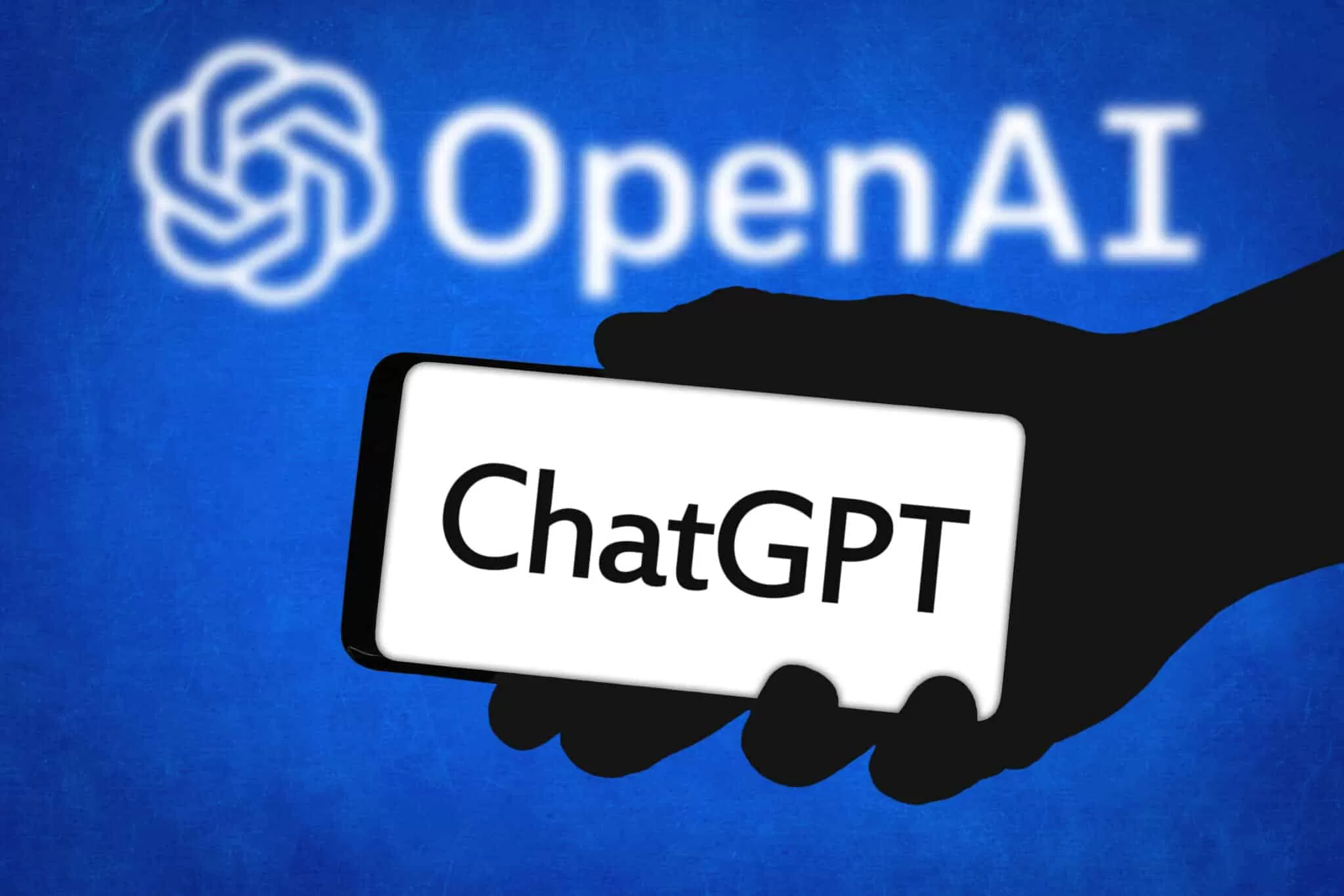
5 Ways ChatGPT Agent Makes AI Easier to Use
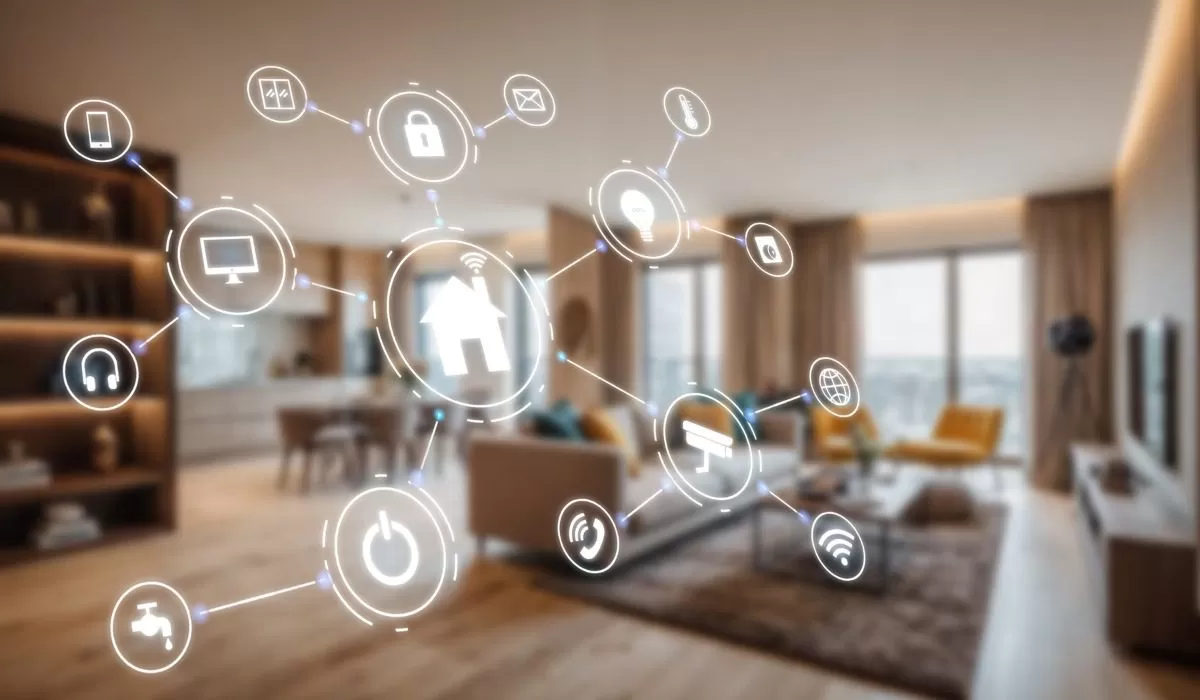
Smart Home Revolution: How IoT Is Redefining Modern Living
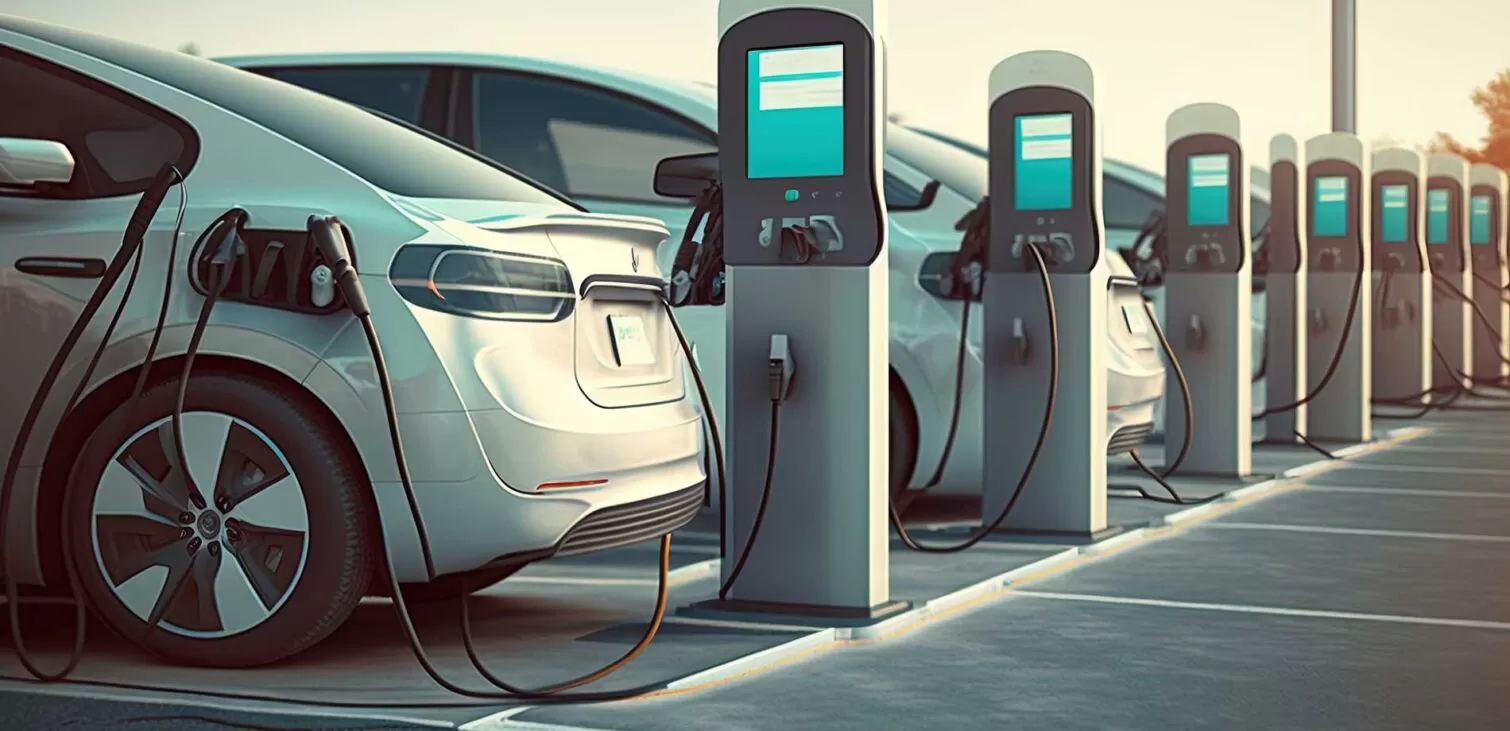
The EV Revolution Is No Longer About Cars—It's About Infrastructure

The Weight Loss Drug Boom: What’s Behind the Global Ozempic Craze?
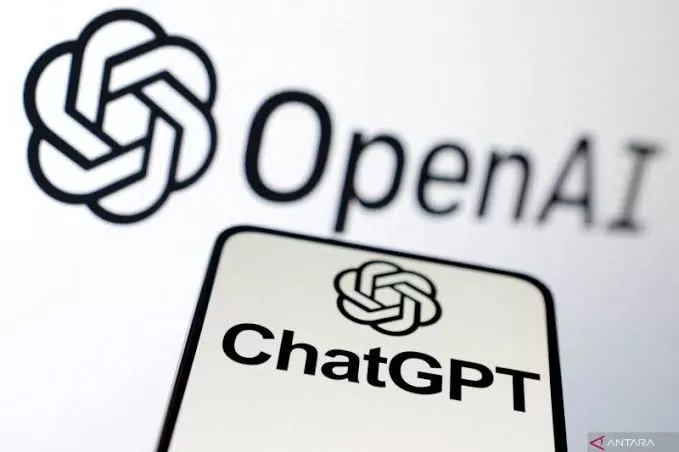
AI Is Quietly Rewriting the Rules of Money in 2025
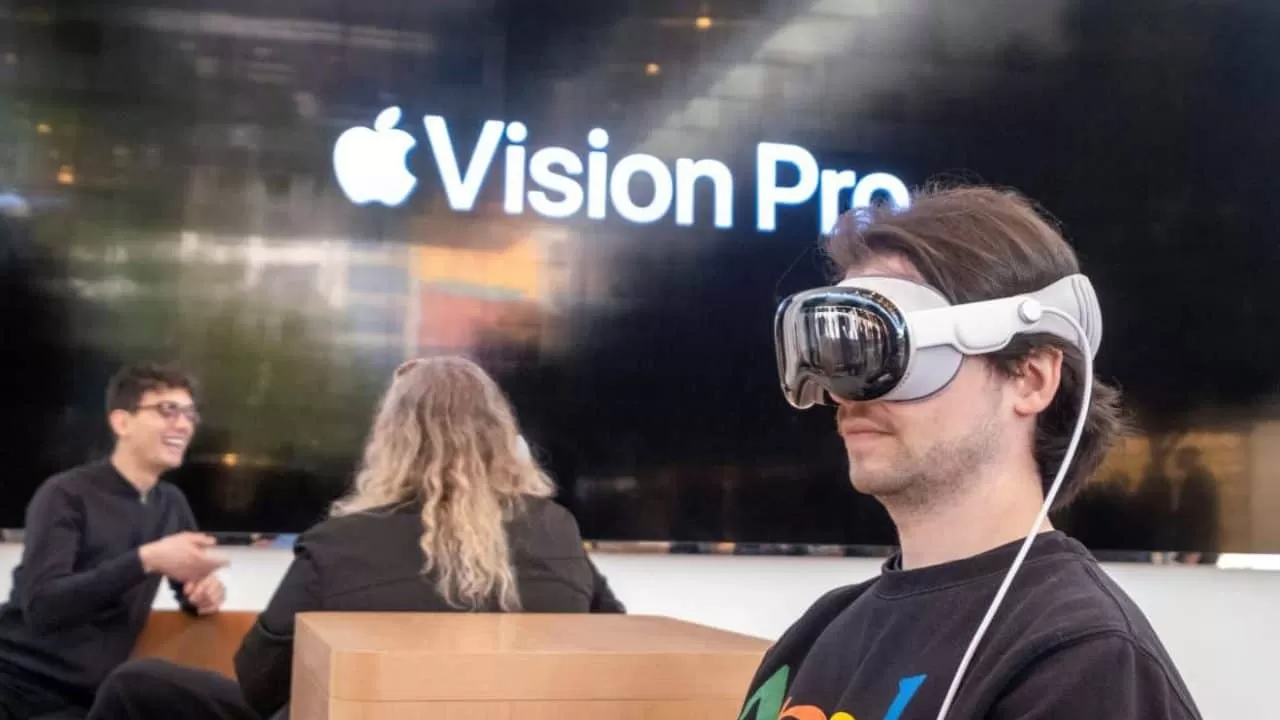
The Rise of Spatial Computing: Why Apple Vision Pro Is Just the Beginning

Solo Living: Redefining Independence and Fulfillment
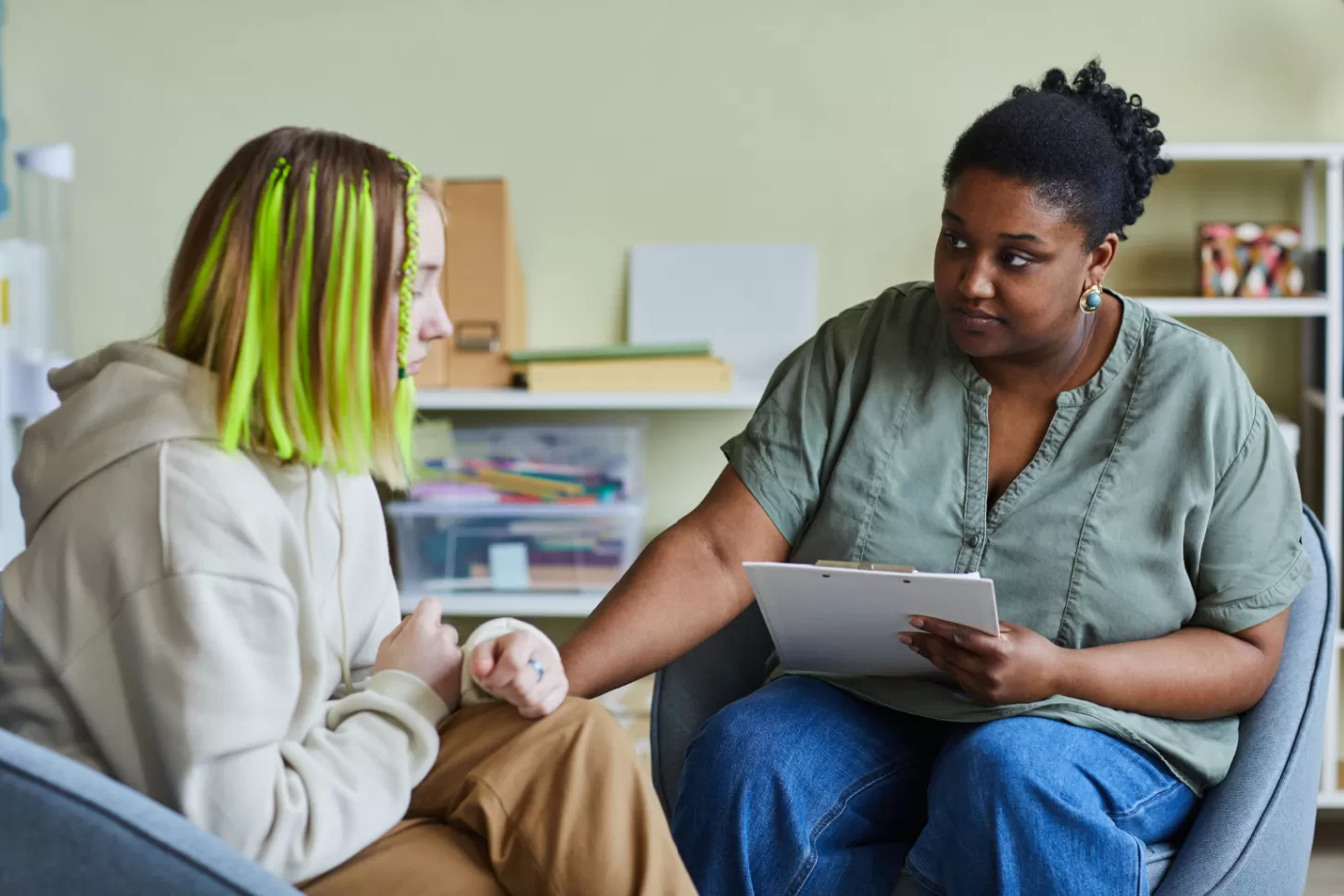
Why Mental Health Burnout Is Surging in Gen Z
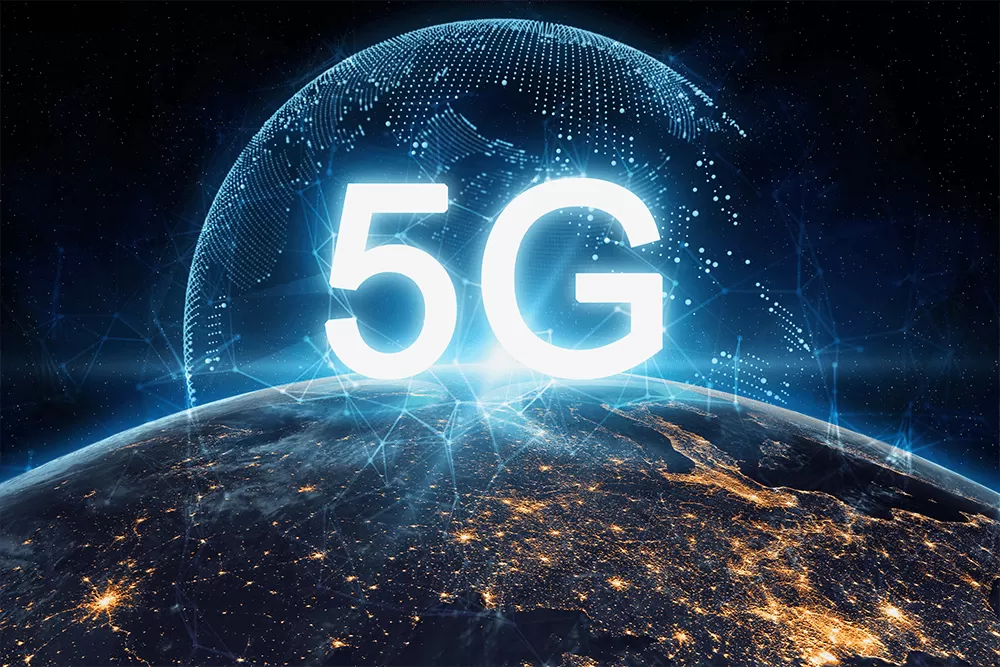
5G and Beyond: The Next Wave of Mobile Connectivity